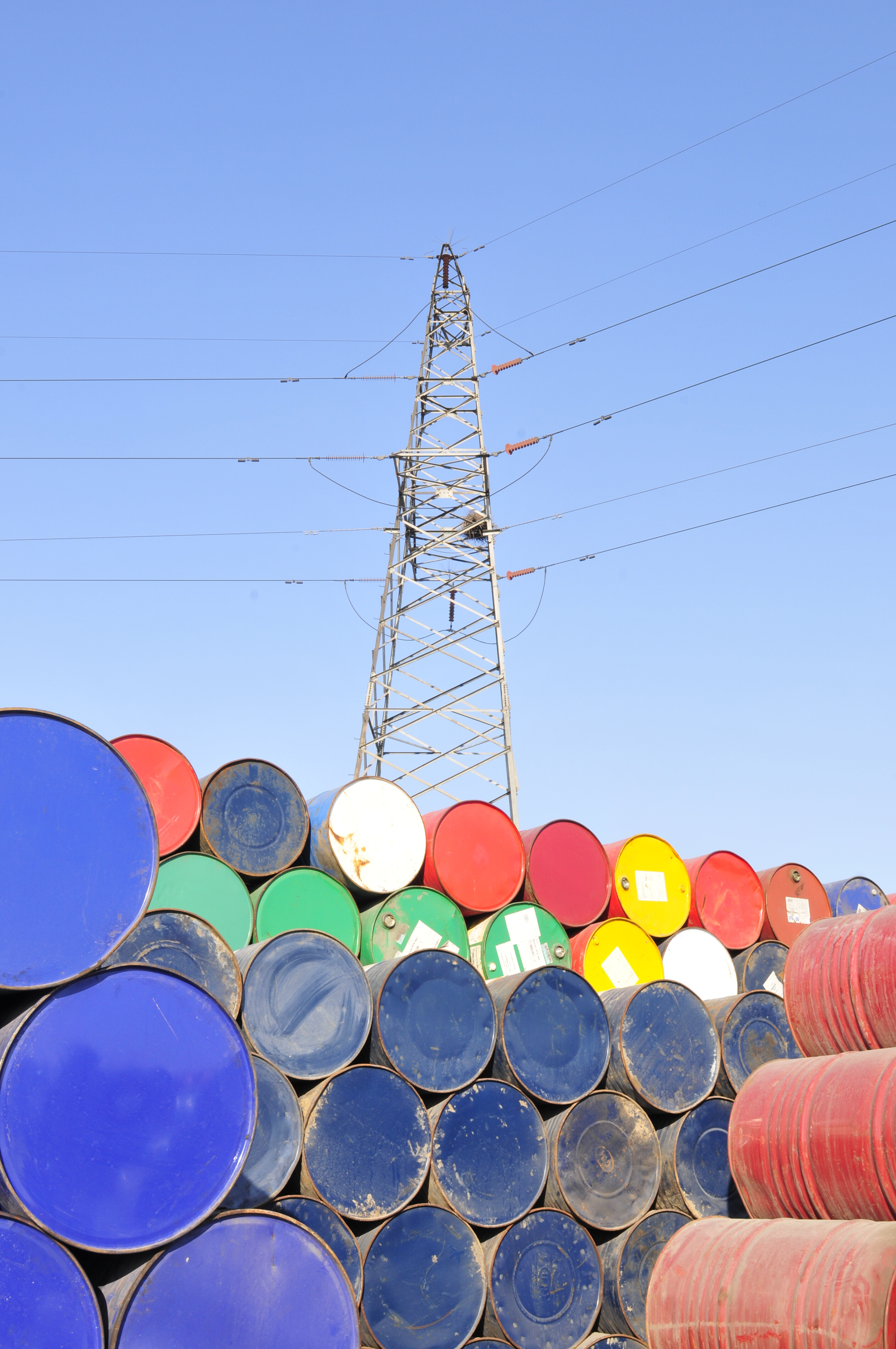Latin America's New Friends
A host of world leaders are touring Latin America to make alliances and win trade. LatAm INVESTOR investigates how it will impact investors...

State visits
What have Vladimir Putin, Xi Jinping and Shinzo Abe got in common?
Well, they’re all the leaders of some of the most powerful countries in the world. And this month, they are all either in the middle of – or have just finished conducting – strategic tours of Latin America.
These visits from the presidents of Russia, China and Japan are a positive development. They show that the rest of the world is starting to take Latin America seriously, which should lead to more investment pouring into the region. And that’s great for us.
Let’s look at China first.
The new home for Chinese investment
Ties between China and Latin America have been strengthening over the last few years to the point where China has overtaken the US as the main trading partner for many Latin American countries, including Brazil.
The driving force behind Latin America’s exports to China is – unsurprisingly – commodities. China’s economic growth has been sustained by remarkably high levels of investment on fixed assets such as roads, airports and housing. That has required enormous amounts of copper, oil and iron ore, which Latin America has in abundance.

The rising living standards and subsequent growing bellies of China’s emerging classes has also led to an increased demand for soy beans, one of Latin America’s top exports to China.
Meanwhile, Latin America’s decade of prosperity made it an increasingly important market for Chinese manufactures – especially when the 2008 financial crisis hit demand in the developed world.
As for the rising foreign direct investment (FDI) and government loans, that is part of a wider trend where a richer China is looking to make strategic investments outside its borders. Unsurprisingly the majority of Chinese investment in Latin America is concentrated on agriculture, mining and energy products.
But are these developments as beneficial as they appear?
Problem relationship?
Of course, there are a number of legitimate concerns about increased trade with China.
Firstly, trade is not equal. Latin America is running a $10bn trade deficit with China. And this inequality is somewhat inherent in the trading relationship, because the bulk of Latin American exports to China are made up of oil, soy, iron ore and copper. In return, China sells Latin America a diversified basked of manufactured goods, which makes it less vulnerable to a downswing in any one sector.
And then there’s the political element. In some parts of Latin America you can now see dubbed versions of Chinese soap operas, or watch Spanish language versions of China's state-controlled TV and websites. But this is just one of the ways China is projecting ‘soft power’ into Latin America. Throughout the region, it’s also opened 32 ‘Confucius Institutes’ – public institutions associated with the Chinese government.
it’s a chance to recover lost opportunities... Vladimir Putin
All that may sound pretty harmless. But other moves, such as the decision to fund a $40bn rival to the US-built Panama Canal, and the offers of military equipment, expertise and training with Colombia, Chile, Mexico and Brazil are a lot more significant. It’s true that Latin America’s exports to China are pretty concentrated, but at the very least the rise of China has helped the region diversify its export markets away from overdependence on Europe and the US. And it’s not like this is a closely guarded secret. Government ministers across the region are all well aware that they need to develop other sectors of the economy. And to be fair, in places such as Chile, Peru and Colombia they have been trying to do this for a while now. As for the political reasons, China could hardly do worse than the US, UK, Spain or France, who all played their part in financing wars in the region over the centuries.
So will Russia and Japan be looking to emulate China’s increased role in the region?
A chance to recover lost opportunities
Since the collapse of the USSR, the Russian Federation has not really paid Latin America much attention. But now Putin is looking to amend that. Agreements on nuclear energy and shale oil were signed in Argentina, and Putin wrote off 90% of Cuba’s historic debt with the Soviet Union and pledged to invest the remainder in much-needed infrastructure projects in the island.
For Russia, "it’s a chance to recover lost opportunities”, said Putin, speaking in Havana.
Shinzo Abe’s trip is ongoing on this goes to press, so we’re not sure what deals have been made yet. But with nuclear energy taking a hit from Fukushima it’s clear that Japan will have to rely on a lot more fossil fuels for the medium term. Sitting across the Pacific, commodity-rich Latin America would seem a perfect trading partner. And like China, Japan is eager to make some money from Latin America’s burgeoning infrastructure programmes.
So what’s the benefit for us?
Now, all of these grand geopolitical moves are interesting to watch, but no doubt you’ll want to know how they benefit UK-based investors.
Well on one level, they help to boost asset prices in the region.

In Peru all the talk in the mining sector recently is about Chinese consortium MMG’s plan to buy the huge Las Bambas copper mine from Glencore for $6bn. In recent years, Latin American mines, fisheries, farmland, and oil plays have all been snapped up in billion-dollar deals by Chinese firms. The other theme that should benefit is Latin American infrastructure. For example, China will provide $4.4bn for the building of two new hydroelectric dams in Santa Cruz province, and part-finance the construction of Argentina’s fourth nuclear power plant.
Japan is also keen to get involved, with Shinzo Abe looking to triple the sales that Japanese firms get from overseas infrastructure projects by 2020. All of this should mean extra customers for local cement firms and steelmakers.
The fact that three of the world’s most powerful leaders are queuing up to sign contracts in Latin America should tell us something. After more than a decade of unprecedented peace and prosperity, the region has become globally significant. Countries and companies from around the world will be making serious investments in Latin America for decades to come.
And for British companies and investors in Latin America that will be a good thing.